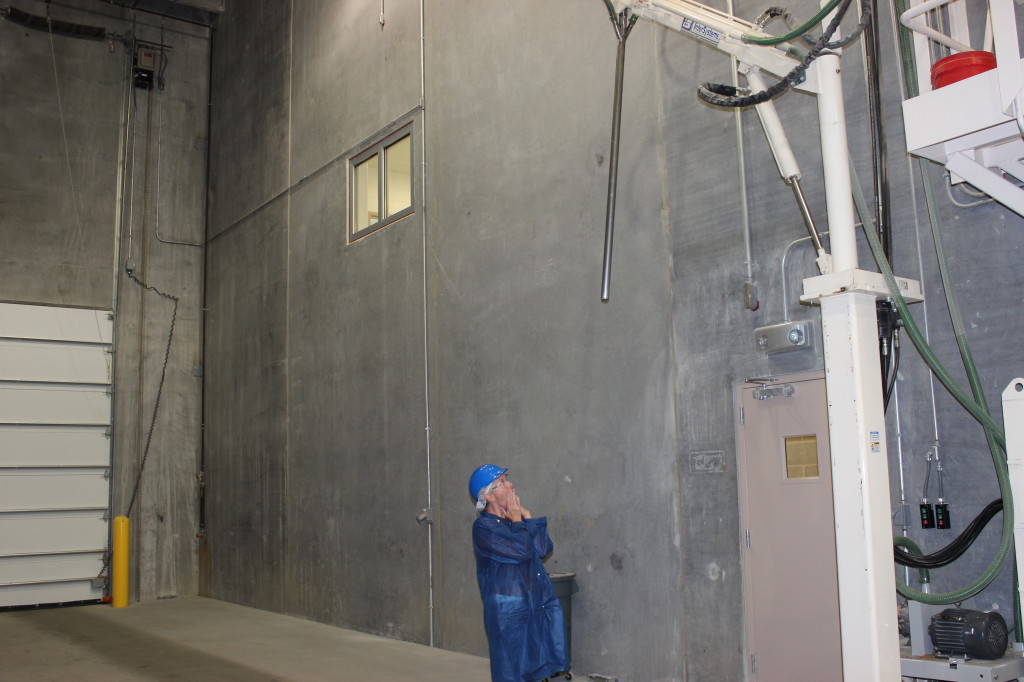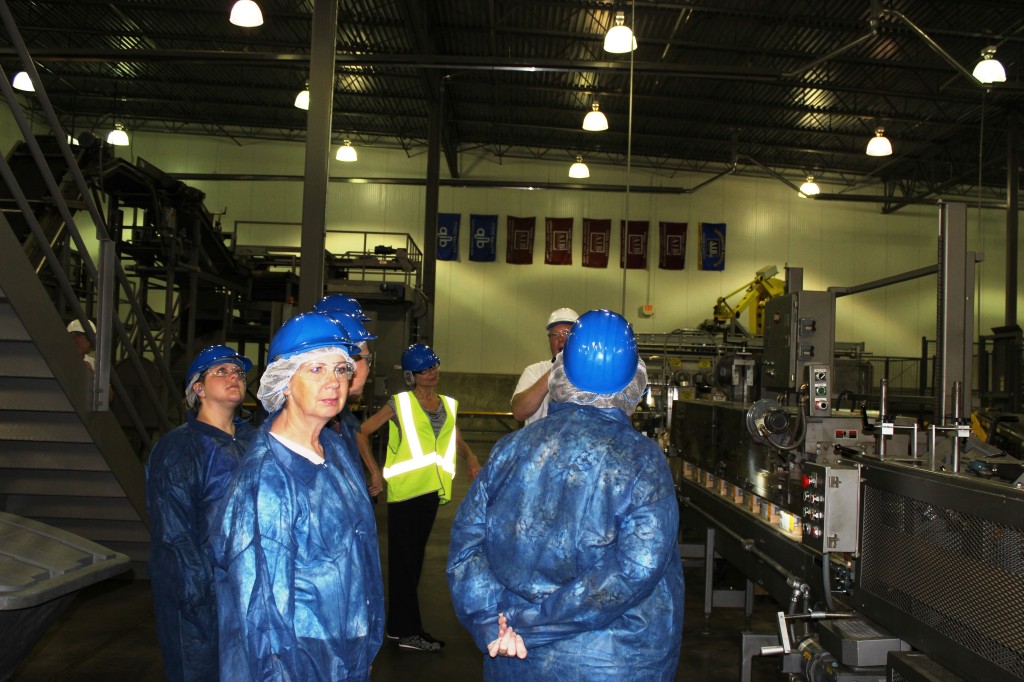Last week I finished my last dose of typhoid vaccine (interesting fact: typhoid, if you did not know, is a type of Salmonella.) Not fun, but much less unfun than typhoid itself, I’m sure. Around the same time, I received an email from the World Vets team leader, whose job entails not only running the clinic but making sure the newbies don’t get into trouble abroad, reminding us that no matter how adventurous we might be, the street food in Tanzania must not be consumed. “One word,” she said. “HEPATITIS.”
Most of us live in a country where we take food safety for granted. Yes, there are occasional pockets of problems, but it’s easy to forget that in most of the world the food and water is often highly contaminated with unpleasant, downright dangerous things. Here, you don’t need to think about keeping your mouth shut when you shower or brushing your teeth with bottled water. (I slipped ONE TIME in Africa, and if you remember my post about East African Magic Fairy Colon Dust, I paid dearly for the transgression.)
It’s safe not because we live in a Golden Land Where the Water Flows Cleanly, but because we have massively strict protocols in place to maintain the safety of the food and water supply. We hope that our pet food manufacturers maintain the same standards when it comes to making their food, but the production process is often shrouded behind such a dark and opaque curtain we really have no idea. Well, until Diamond happens, and the FDA releases a scathing rebuke of their safety process post inspection.
I asked someone who knows this industry really well what he thought about the whole Salmonella thing, and he told me that trying to find Salmonella in a finished product is like looking for a needle in a haystack. Even if it’s there, and you are testing the way you should, it’s still hard to find. And that is why preventive measures are so important. Make it right in the first place. The finished product sampling should be just one of many steps in the safety protocol.
I have about five pages of notes about the Natura manufacturing process. They are very proud of it, and rightly so. Before we were allowed in to the facility, we were wrapped up like mummies in layer upon layer of protective clothing, ushered through footbaths and hand sanitizers, and bootied up. From this cocoon, we were able to witness the process, though they did show it to us in reverse order because that reduces the risk of contamination. Always thinking, those guys.

To quote the immortal Inigo Montoya: Let me explain. No, there is too much. Let me sum up with some of the major points:
- The kibble is manufactured in the 250,000 square foot facility we visited. It is, as I said earlier, made of solid concrete to reduce its appeal to pests, though just to be sure they have a weekly third party audit for evidence of pests.
- Natura is certified by the AIB, an independent food safety organization that certifies many human production plants. They submit to the exact same evaluation criteria as well as allow unannounced visits for audits. For 8 years in a row, they have received a “superior” classification- the highest level.
- Per AIB requirements, they require third party audits of suppliers. They also verify product analysis in the Natura lab on site before raw materials are used, rejecting any that are sub par. To obtain a nice core sample from a truckload of, for instance, grain, they use this intimidating probe.

- Their GMP protocols are specific enough to do things like color code brooms so they remain in one area as opposed to being moved from the meat room to the warehouse. To take it a level further, employees in “pre-process” areas are segregated from those in “post-process”, with separate locker areas and even separate break rooms.
- The computerized process can track everything from raw materials to finished product, so if there is an issue with something at any point in the line, it can be traced immediately. Mock recalls are held twice a year. Real recalls? They have never had one.
Those are the big talking points, really. There were a lot of smaller ones that probably won’t mean much to you, unless you are a food safety expert in which case you would be impressed. But to give you the layman’s summary: this place is spotless, and I’d have no issues popping something off the production line into my own mouth like some of my companions did. Unless, of course, it contained fish, in which case I’m sorry, I don’t care how clean it is I can’t eat it. Fish grosses me out.
You have no idea how many people had to be consulted before I was even allowed to touch this carrot. I wanted to show you how they use actual produce in the food, but I think legal was worried you all would think they let any muckabout just run in and fondle produce with their filthy little fingers. Don’t worry, I’m sure those particular items were tossed when I was done with them.

Because who knows where those hands have been.
So no cardboard and duct tape here. If you’re a Natura person, rest assured this place is clean as a whistle.







Awesome post and thanks so much for ALL your posts about this subject. I believe it’s important for people to see that pet food manufacturers are NOT the embodiment of evil as they are often portrayed on many various sites.
And, your reference to Inigo Montoya…BRILLIANT! (I thought about using the word Inconceivable…but it didn’t seem to fit right!). 🙂
There is an autotweetbot where, if you tweet the word “inconceivable” he automatically responds that “that word does not mean what you think it means” or something along those lines. It’s hysterical. At least I think it is.
You’ve given this company such glowing reviews and I love what I’ve seen on your blog that once we’re through our current supply of Euk I’m planning to swap the kitties over to Natura. It doesn’t cost that much more than what I’m already paying!
Thank you, Dr. V 🙂